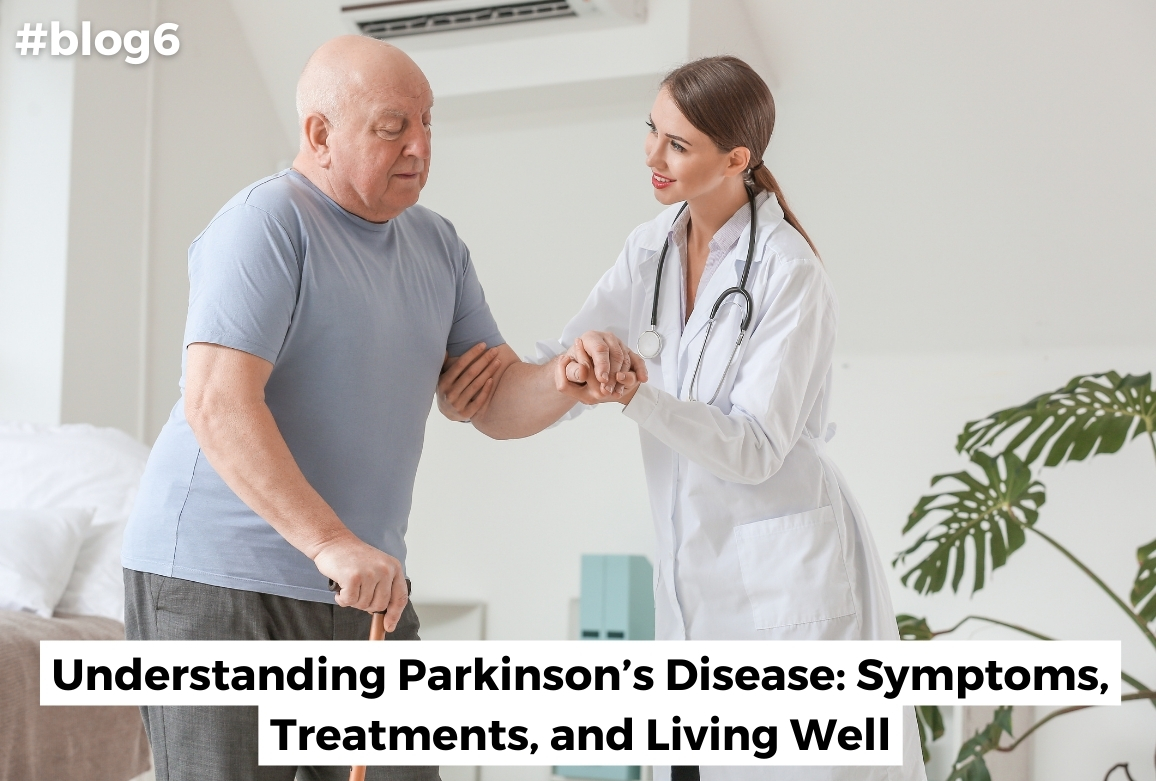- Mon - Sat 10:00 am - 08:00 pm |
Sunday 10:00 am - 01:00 pm - +(91) 9554015920
- drpaulphysiotherapy@gmail.com

Parkinson's disease is a neurological disorder that affects millions of people worldwide. Despite its prevalence, many aspects of this condition remain misunderstood. In this blog, we'll delve into the complexities of Parkinson's disease, exploring its symptoms, treatments, and strategies for living well with the condition
Parkinson's disease is a progressive disorder of the nervous system that primarily affects movement. It occurs when nerve cells in the brain, particularly in the substantia nigra, gradually break down or die, leading to a decrease in dopamine levels. Dopamine is a neurotransmitter that plays a key role in coordinating movement and regulating mood. The exact cause of Parkinson's disease is unknown, but a combination of genetic and environmental factors is believed to contribute to its development.
The symptoms of Parkinson's disease can vary significantly from person to person and typically develop gradually over time. The hallmark symptoms include:
1. Tremors: Often beginning in a limb, most commonly the hands or fingers. This is a resting tremor, meaning it occurs when the muscles are relaxed.
2.Bradykinesia : Slowness of movement which can make simple tasks difficult and time-consuming.
3. Muscle Rigidity : Stiffness in the limbs and trunk which can limit the range of motion and cause pain.
4.Impaired Balance and Coordination: Leading to an increased risk of falls.
5.Other symptoms: Difficulty with walking and talking, changes in handwriting, reduced facial expressions, and speech changes. Non-motor symptoms can include depression, sleep disturbances, and cognitive changes.
Diagnosing Parkinson's disease can be challenging, as there is no definitive test for the condition. Diagnosis is primarily based on medical history, physical examination, and neurological tests. Doctors may use imaging tests like MRI or DaTscan to rule out other conditions.
Living with Parkinson's disease presents unique challenges, but many strategies can optimize quality of life. Regular exercise, such as walking, swimming, or tai chi, can improve mobility, balance, and flexibility. It's also important to maintain a healthy diet, get plenty of rest, and manage stress effectively. Additionally, staying socially engaged and seeking support from friends, family, and support groups can be invaluable in coping with the emotional and psychological aspects of the condition.
1. Medications: Pain relievers, anti-inflammatories, and corticosteroid injections can
alleviate pain and reduce inflammation.
2.Physical Therapy: Strengthening exercises and stretches can improve joint function
and mobility.
3.Lifestyle Changes: Weight management and low-impact exercise can reduce stress
on the knees.
4.Surgery:In severe cases, surgical interventions like knee replacement may be
recommended.
Parkinson's disease is a complex and multifaceted condition that affects millions of people worldwide. By increasing our understanding of the disease, promoting early diagnosis and treatment, and supporting research efforts, we can help improve the lives of those living with Parkinson's and work towards a future free from this debilitating condition. Through education, community support, and scientific advancement, there is hope for better management and, ultimately, a cure for Parkinson's disease.